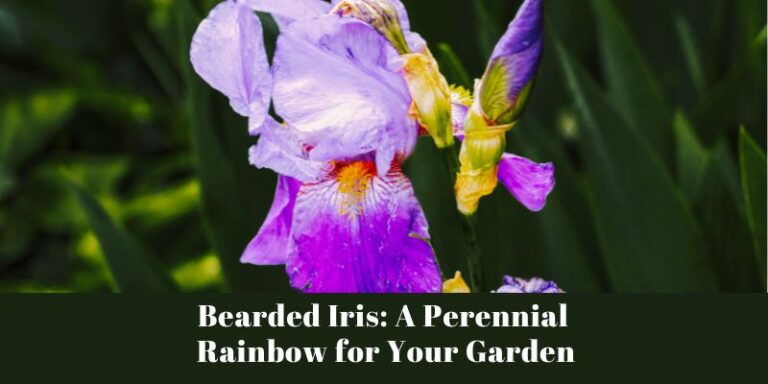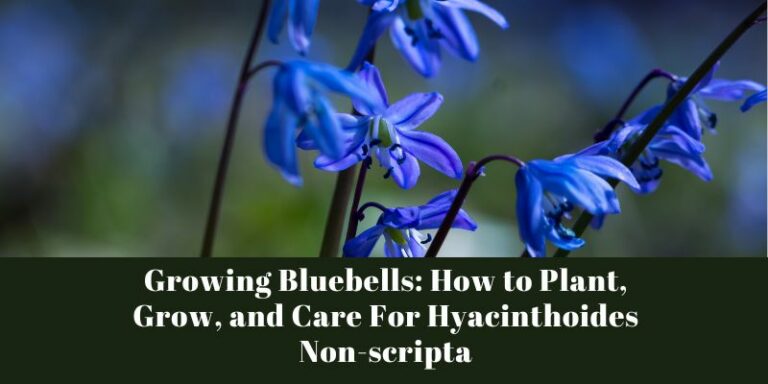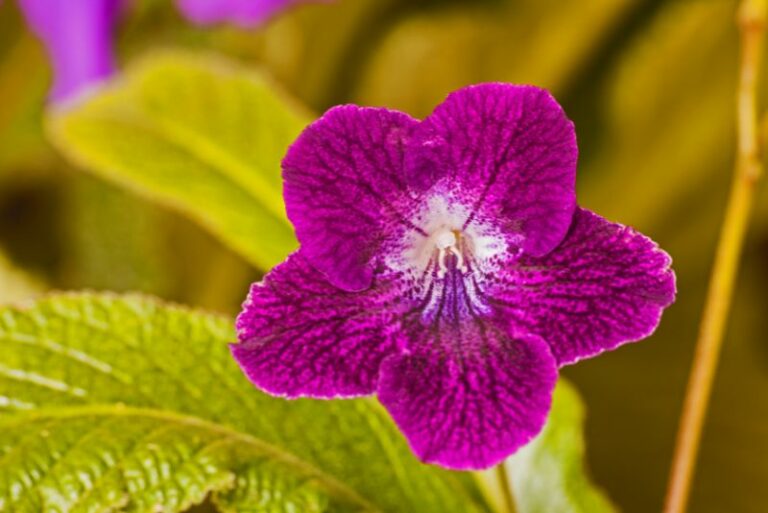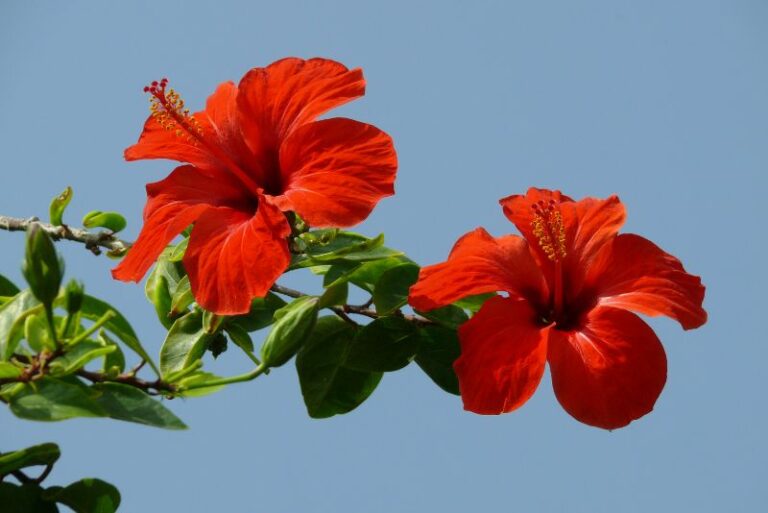Ants And Peony Flowers – Debunking The Blooming Myth
For gardening enthusiasts, the pairing of peonies and ants is as classic as tomatoes and basil, or roses and summer rain. Yet, the notion that ant activity is essential for peonies to bloom is not as robust as one might think. This delightful yet persistent gardening myth has been passed down for generations, but in the verdant fields of modern ecological discovery, it may be time to uproot old beliefs and sow new understandings. In this post, we’ll dig into the rich soil of botany and unearth the truth behind this quintessential garden pairing.
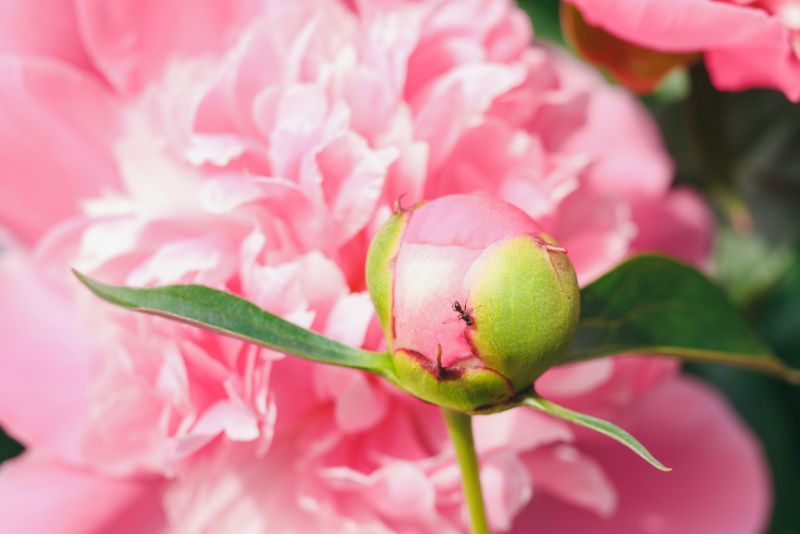
Ants and Peonies: Myth vs. Reality
To understand the myth, it’s crucial to appreciate its origins. Peony buds excrete a sweet, syrupy substance called nectar that ants find irresistible. While ants are drawn by this feast, the peonies as the legend goes, supposedly rely on the ants’ efforts to help open the bud and initiate the flowering process. This belief might have stemmed from the observation of ants bustling around peony buds, or perhaps from a time when interactions between plants and insects were not yet fully understood.
The Nectar’s Nature
The idea that peonies need ants to bloom is, in fact, a myth. The nodding buds of the peony are too heavy for ants to lift, and the flower will eventually bloom without the ants’ help, albeit perhaps not as quickly. Peonies form this nectar not as a beckoning call to ants but as a natural part of their biological strategy to attract a wider range of pollinators.
Pollination Process of Peonies
Peonies are not the harbingers of partnership with ants but rather the silent conductors of a symphony of pollinators. The true heroes of peony pollination include bees, butterflies, and even the slight assistance of gravity.
The Peony’s Perfect Partner
Peonies are master adapters. Their large and showy blossoms boast a generous cache of pollen, which is key for the peony’s primary pollinators, bees. As the bees collect pollen, they inadvertently transfer it to other flowers, fueling the peony’s reproductive cycle.
Against the Odds
The peony’s pendulous petals are not just there for aesthetic charm; they are evolutionary wonders crafted to protect the delicate reproductive structures within from the potentially harsh conditions of wind, rain, and clumsier pollinators.
Benefits of Ants in the Garden
While ants may not be necessary for peonies, don’t be too quick to evict these tiny tenants from your green patch. Ants are nature’s gardeners, benefitting your landscape in ways beyond the old peony myth.
Soil Aerators and Nurturers
Ants play a vital role in soil health. By tunnelling and burrowing, they aerate the ground, allowing oxygen and water to reach plant roots more effectively. Ants also assist with nutrient recycling, as they often consume and decompose organic matter.
Pest Control
Ants are natural predator insects, preying on many common garden pests like flea larvae and caterpillars. Their presence can help in balancing the ecosystem within your garden without the need for chemical control methods.
Ecosystem Engineers
Ants contribute to the larger garden ecosystem by dispersing seeds, assisting with flower pollination, and even contributing to the control of larger herbivores by herding aphids, thereby reducing the competition with their beloved host plants.
Tips for Peony Care
Elevating your gardening myth-busting, it’s time to focus on the plant itself. Peonies are enduring symbols of elegance and can grace your garden with their sumptuous blooms for decades, provided you adhere to the secrets of their care.
Soil and Sun
Peonies prefer well-draining, fertile soil and a good amount of sunlight to thrive. A balance between direct sun and partial shade is the sweet spot for these flamboyant beauties.
Pruning and Watering
Prune your peonies after flowering and ensure they receive adequate, but not excessive, water. Overwatering can lead to fungal diseases, while underwatering can stunt their growth and diminish their flower production.
Dividing and Mulching
Every few years, peonies may need dividing to prevent overcrowding and promote better blooming. Mulching in late fall can help protect the plant from harsh winter conditions.
Conclusion: Partnering with Nature
The relationship between plants and insects is a fascinating domain of scientific inquiry, illustrating the rich tapestry of nature’s interconnectedness. By continuing to expand our understanding of these relationships, we can forge a deeper connection with the natural world and a more sustainable approach to gardening. As you revel in the vibrant blooms of your garden, remember that the best pollinators are those that come naturally, whether they have six legs, wings, or simply a hardworking green thumb. It’s a partnership that never goes out of style, unlike the fleeting myths that can vanish like morning dew under the sun’s lucid gaze.


